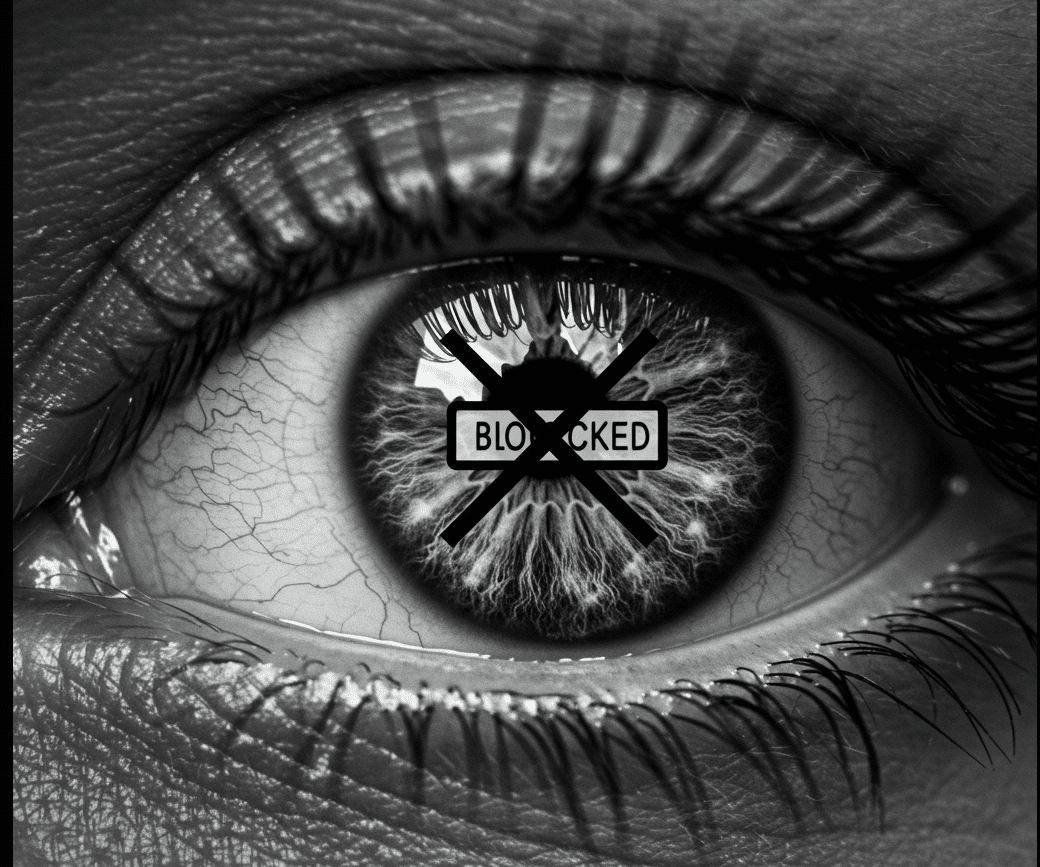Word-of-mouth referrals are powerful: Recommendations from your friends and family are the most trusted form of advertising. In fact, Nielsen found that 88% of people trust referrals from their network over television and online ads.
According to Mention Me’s report “The Consumer Advocacy Gap,” referral increases new customer acquisition by 8% (rising to more than 30% through strategic optimisation). Referred customers spend 11% more on their first order (and 8% more on subsequent orders). Referred customers are 5x more likely to refer others.
Fortunately, you can now build and market a referral program within minutes, and as a result, brand advocates can instantly promote your business in droves. Since referrals are a trusted form of advertising, it’s also likely that these promotions will turn into sales.
What is a Customer Referral Program
A customer referral program incentivizes existing customers to send new customers, usually by offering some kind of reward for the referral — usually discounted or free goods and/or services.
A real-life example of a customer referral program is the Airbnb Guest Referral Program, which gives customers a special link to share with friends and family. When someone uses your link — to explain in the company’s own language — “Your friends get a coupon for their first booking, and you earn travel credits when they complete their first trip.”
Benefits of Implementing a Customer Referral Program
You might well wonder, why should I go through the trouble of trying to encourage my customers to bring me the business of only one or two of their friends? Surely that’s not much of a revenue stream. Isn’t it better to focus resources on campaigns that will bring in lots of customers at once?
Maybe. But there’s a well-known principle in business: It is usually cheaper and easier to retain an existing customer than to acquire a new customer. If your business model is such that you don’t care if you only have a one-off transaction in a lifetime with a given customer, like selling crafts to tourists, then maybe it matters less.
From the merchant’s point of view, a customer referral program tends to have greater utility if the business model is subscription-based or relies on repeat customers.
For example, your local coffee shop is unlikely to offer you a 10% discount for your coffee as a reward for sending a friend there to buy a single cup of coffee. There’s limited upside to that, since the merchant has no way of knowing whether that friend will come back, and meanwhile the coffee shop has cut into its margin by giving you the discount. By contrast, a coffee company that works on a mail-order subscription model, where the customer purchases coffee beans every month, would be much more likely to reap rewards from getting new customers sent their way.
Furthermore, such a program might incentivize existing customers to keep their subscription going in the anticipation that they can get many more referral-based discounts down the line. So it’s a win-win: You’ve gained a new customer, and increased the loyalty of the old one.
A customer-referral program offers a business many benefits:
Cost-Effective Customer Acquisition
- Lower costs than traditional advertising: Instead of paying for large-scale ads (TV, print, or online ads), referral programs reward successful conversions, meaning you only pay (in discounts, products, or incentives) when a new customer actually comes on board.
- Predictable and trackable: Because each referral often has a clear link or code, it’s easier to see exactly how many new customers came through the program and how much each customer cost to acquire.
High-Quality Leads
- Word-of-mouth trust: Referrals typically come from satisfied customers who share honest experiences with friends or family. This trust factor often leads to higher conversion rates among referred leads.
- Pre-qualified customers: People who are referred already have some knowledge or recommendation about your products/services, so they’re more likely to be a good fit and proceed to purchase.
- Better Customer Engagement
- Incentivizes interaction: A good referral program encourages existing customers to think about your business more often — checking their referral status, sharing referral codes with friends, and so on.
- Community building: By rewarding word-of-mouth promotion, you foster a sense of community around your brand and turn one-time buyers into active promoters.
How to Create an Effective Customer Referral Program
How can you launch your referral program? Let’s break down the steps you need to take to build and market a referral program of your own:
- Step #1: Choose referral incentives
- Step #2: Do the math
- Step #3: Launch a referral program
Let’s get started.
Step #1: Decide on Your Referral Offer
Incentives distinguish referral programs from other forms of marketing strategies.
Customers who act as brand advocates receive freebies, discounts and exclusive offers in exchange for a successful referral.
That’s exactly why the first part of building a referral program is deciding what you’ll reward customers who share your products. People want to get rewards – big or small – in exchange for customer loyalty.
By giving your existing customers a nudge and a reward, you can speed up the referral process and get their network to know how much they love your products.
For example, Thrive Causemetics offers vegan and cruelty free products to consumers. Their refer-a-friend program rewards advocates and their referred friends with $15 off. For every product purchased, they also donate to causes such as domestic abuse, cancer and homelessness.
Cash rewards or discounts are some of the easiest rewards to distribute en masse, but they’re not the only options. Think outside the box and brainstorm incentives that are useful to customers.
- Which incentives will encourage them to share your product or service with others?
- What do they actually want from your product?
- Can you satisfy brand advocates with upgrades and exclusive offers?
Let’s look at a real-life example: Dropbox.
The brand’s referral program offers existing customers 1 GB of free storage for every friend who installs the Dropbox desktop app—and the friend gets 500 MB of free storage upon signup.
Your goal as a vendor is to consider what your customers really want in return for recommending your product to others.
Once you’ve decided on an offer, it’s time to crunch the numbers.
Step #2: Do the Math
Time to do a little math.
Once you’ve decided on a referral reward, calculate whether or not implementing it will bring in — or cost you — money.
The first is to determine the cost versus your expected revenue.
Write down the cost of your referral program (i.e. expense of your referral reward) and then estimate how much you think the program will bring in sales-wise. If you have launched a referral program before, you can use the past data to estimate expenses or profits. Otherwise, you’ll need to make a rough estimation by looking at cost per acquisition.
In general, referral rewards should cost around 10% to 20% of the value of your product so your business will stay afloat in spite of distributing them en masse.
Here are additional elements to consider:
Minimum purchase amounts
Add a minimum purchase amount to ensure that you’ll get something in return in exchange for the freebie or cash. You may offer a free welcome gift, but only if they spend a certain amount.
Referral review period
What if the referred friend makes a purchase but returns the product? Review the transaction and modify your to Terms & Conditions to ensure rewards will only be distributed when a purchase has been made.
Limited number of referrals
While some bigger companies like Uber have unlimited referral rewards for their customers, other businesses don’t have the cash flow to maintain these luxuries in the long-term.
Exclusive offers for limited-edition products may be distributed on a first come, first serve basis or until stocks last. The time limit may encourage brand advocates to act as soon as possible.
A good tip is to monitor the impact of your referral program in your sales and profits to ensure that you will breakeven.
Step #3: Build Out Your Referral Program
Building a referral program from scratch involves a lot of trial and error.
The Airbnb team spent 90 days writing 30,000 lines of code just to get their referrals system up and running.
Fortunately, apps like ReferralCandy allow businesses to create a referral program within minutes. You can specify the referral rewards and the platform will handle sending referral codes and handling the entire referral process for all parties involved.
What are the Different Types of Referral Programs?
Customer Referral Programs
- Direct Referral: Customers refer friends, family, or colleagues directly to the business. For example, a customer might share a unique referral link or code.
- Incentive-Based Referral: Both the referrer and the referred receive rewards, such as discounts, free products, or credit. For example, “Give $10, get $10” programs.
- Tiered Referral Program: The more referrals someone makes, the greater the reward. For example, you get a $10 reward for one referral, $20 for two, and $50 for three or more.
Affiliate Programs
Individuals or businesses promote products or services for a commission. Affiliates usually share links, banners, or special codes, earning a percentage of sales made through their efforts.
Influencer or Social Media Referral Programs
Companies collaborate with influencers on platforms like Instagram, YouTube, or TikTok to promote their products. Influencers typically receive free products, monetary compensation, or affiliate commissions for sales made through their referral links.
Best Practices for Promoting Your Customer Referral Program
As soon as you’ve launched a referral program, test the waters with your existing customers.
A common way to start this off is by promoting your referral program in your website, landing pages and emails. The key is to make a clear copy highlighting your referral reward and process.
Another tip is to promote your program through a referral email. You can briefly mention your referral program at the bottom of your promotional emails. Alternatively, you can even invite customers to join your program through a post-purchase transactional email.
Get People (Socially) Shouting About Your Product
Get your brand advocates to share your product via word-of-mouth through their social media accounts.
Boost referral membership by enabling customers to share them socially. You can add social media icons at the bottom of your referral message to spread the word and share the referral program link. This means more chances of your program being successful.
Plus, when sharing a referral link, customers are probably going to say something nice about your brand, which can lead to a higher engagement level compared to when a company is promoting itself.
For example, Peloton – a retailer of workout equipment – initially launched a referral program that let customers $100 off shoes and accessories. Since brand advocates want their friends to access this perk, they share their positive customer experience and their referral link on social media.
How to get started? ReferralCandy lets companies build their own program and facilitate the entire process. Their app even offers a 30-day free trial that lets you build and test your own referral program for your business.
Examples of Successful Referral Programs
Morning Brew
Morning Brew’s referral program was built from the ground up by developers stream Ruby on Rails. It’s a case study in a successful referral program; the company claims that 35% of its subscribers originated from its referral program.The program took a long time to develop because the company’s developers had to create unique referral codes, links, a double opt-in process and API requests, according to the company’s Senior Product Lead, Tyler Denk.
Dropbox
The Dropbox referral program, mentioned above, played a significant role in the company’s rapid growth. In fact, Dropbox reportedly grew from 100,000 to 4 million users in just 15 months, largely driven by this referral program.
Tesla
In 2017, Tesla’s referral program reportedly accounted for over 40% of the company’s Model S and Model X sales in some markets.
Measuring the Success of Your Customer Referral Program
There are a number of useful metrics to help you quantify the success of your referral program. Here are the most commonly-used ones:
1. Referral Conversion Rate
- What to Measure: The percentage of referred customers who actually sign up, purchase, or complete the desired action (e.g., booking, registration, or purchase).
- Formula: Referral Conversion Rate = (Total Number of ReferralsNumber of Referrals who Converted)×100
2. Customer Acquisition Cost (CAC)
- What to Measure: The cost of acquiring a new customer through the referral program compared to other marketing channels.
- Formula: CAC = Number of New Customers Acquired / ReferralsTotal Referral Program Spend
3. Referral Program ROI
- What to Measure: The return on investment (ROI) of your referral program by comparing the revenue generated through referrals to the costs incurred running the program.
- Formula: Referral Program ROI = (Revenue from Referrals – Cost of Referral Program)/ Cost of Referral Program
Key Takeaways
A customer referral program incentivizes existing customers to send new customers, usually by offering some kind of reward for the referral. Customer referral programs offer many benefits, including Cost-Effective Customer Acquisition, high–quality leads, and better customer engagement. Key metrics to measure the success of a referral program include the referral conversion rate, customer acquisition cost, and ROI.
Frequently asked questions (FAQs)
What is the most successful customer referral program?
In terms of customer growth, one of the most successful customer referral programs is Dropbox, which reportedly grew from 100,000 to 4 million users in just 15 months, largely driven by this referral program.
How much should a referral discount be?
No matter how confident you are in your product, your discount should not significantly reduce your profit margins. One way to arrive at a referral discount is to calculate your cost of goods sold (COGS) or cost of service, overhead, and profit margins. Then experiment with offering a percentage (for example, 10%, 15%, 20%) or a fixed amount ($10, $20) that keeps you in the black.
What is an average referral rate?
Rates depend greatly on industry and the size of the business. Consumer goods and e-commerce might see referral rates of 2% to 5%, whereas services tend to have higher referral rates — sometimes 15%-30% — especially in industries where word-of-mouth is crucial, such as beauty salons.



